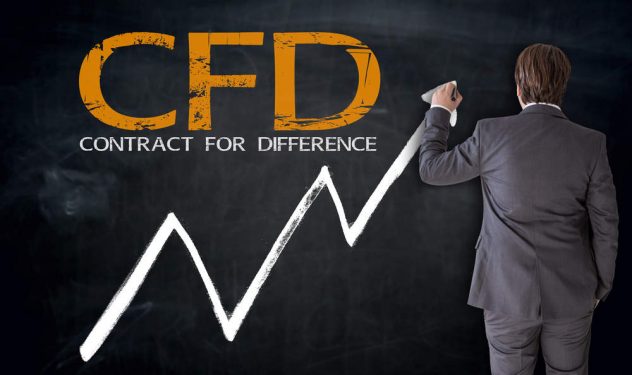Contract for Difference or CFD is derivative trading that lets you have a deal in the market through an underlying asset but not really owning the underlying asset itself. This trading style has become so popular because it takes advantage of leverage, traders have the option to go long or go short, there is a huge range of the market to choose from, use DMA, use hedging, and allow mirror trading.
Leverage in CFD Trading
In CFD, you are given the chance to trade more and make your capital go further. Just a fraction of the full value of the asset, and you can start to open a trading position. The deposit required in every trade is called margin.
The amount that you will have to deposit will now depend on the size of your trading position as well as the margin factor that is set by your chosen market.
Going Short
CFD is considered to be very flexible because of the agreement that involves the broker and the trader to pay the entry and exit price of the trading position. Because of this, you are not isolated to earning just when the market price is on the rise but also when it heads down.
When you are trading CFDs, you will see two different options – to buy price or sell the price of the underlying asset. You choose the buy price if you think that the price of the underlying asset is going up and sell if it goes down.
You Have The Option To Trade in Different Markets
In CFD, there are more than 17,000 markets that you can trade with such as commodities, shares, cryptocurrencies, indices, options and so much more. This is unlike Forex trading that deals only with currency pairs. What makes it exceptional is the fact that you won’t need to transfer from one platform to another because you can trade any market in one CFD trading account. You log in from a web browser or from your mobile phone and you get to access everything that you need.
Mimics the Underlying Market
Naturally, CFDs are set to mimic the trading environment of the underlying asset very closely. For instance, if you buy an Apple share in CFD, your position gets adjusted to balance the effects of the dividend payments and you will also not receive any shareholder privileges.
Hedging in CFD
For example, you have a couple of shares in HSBC and you are thinking of taking a hold of your trading position for some time. You think that the banking sector is on your side and you want that to offset any possible losses through trading CFDs. Therefore, you open a short position.
If you are right and the HSBC shares really drop in value, the CFD position that you opened will gain profits. But if the HSBC gains increase in value then you can just close your CFD position and balance the loss that you incurred towards the future gains for CGT purposes.
